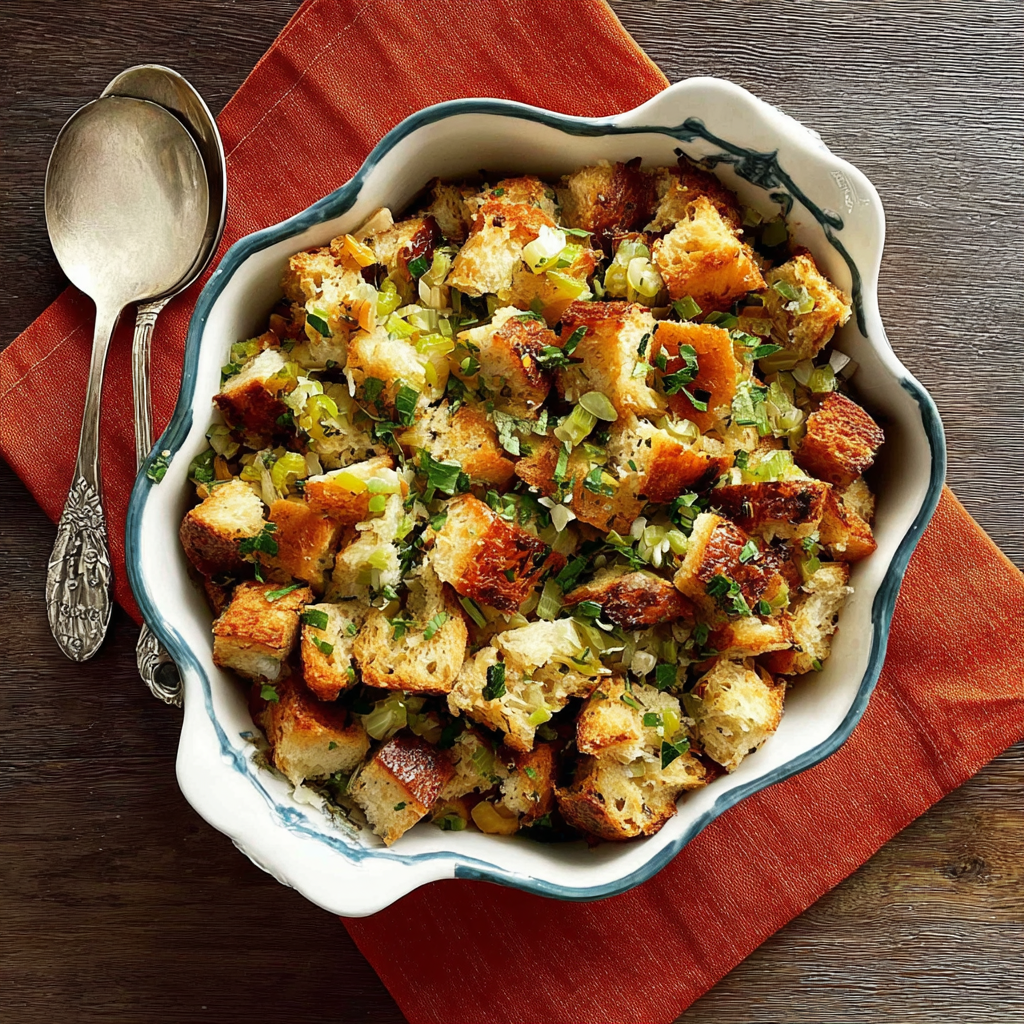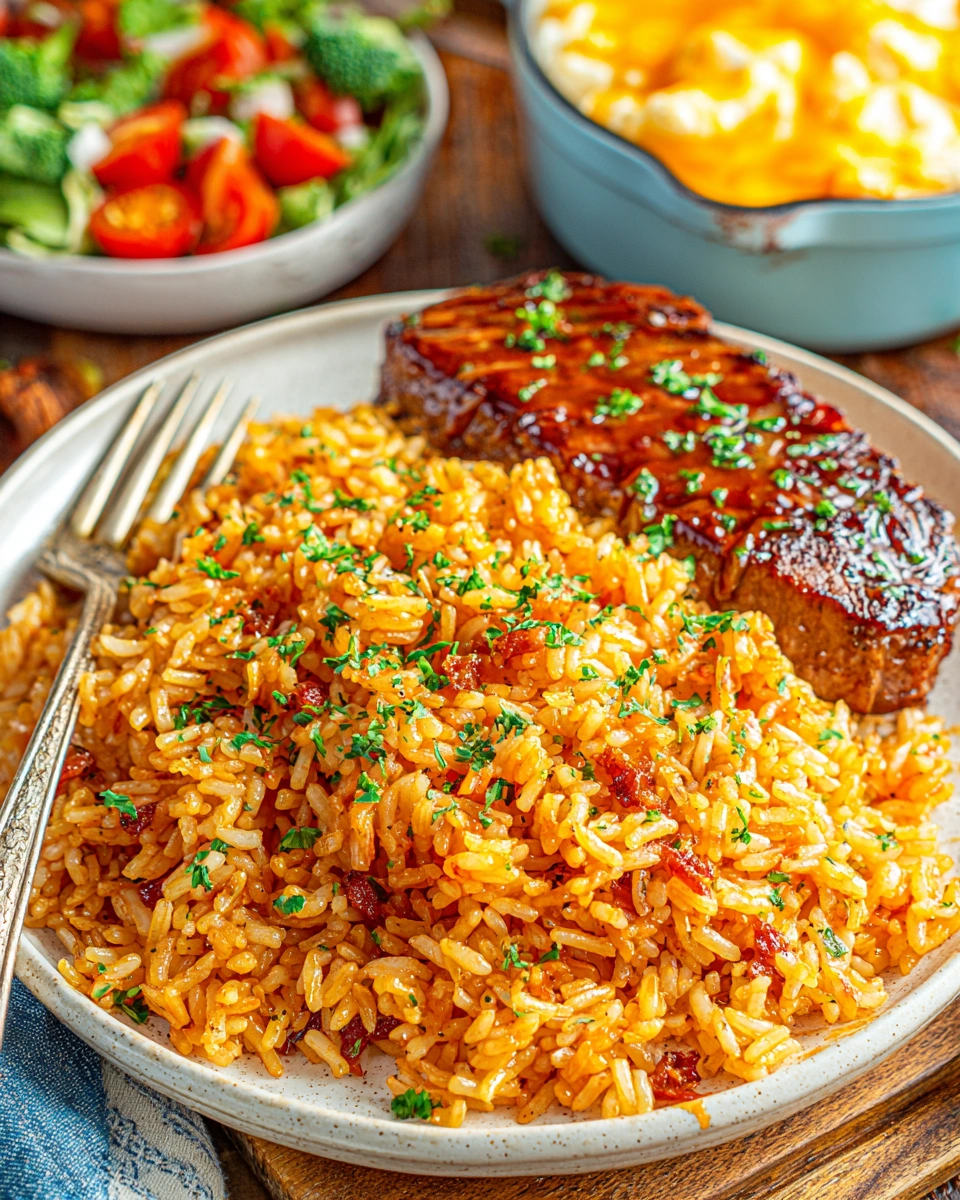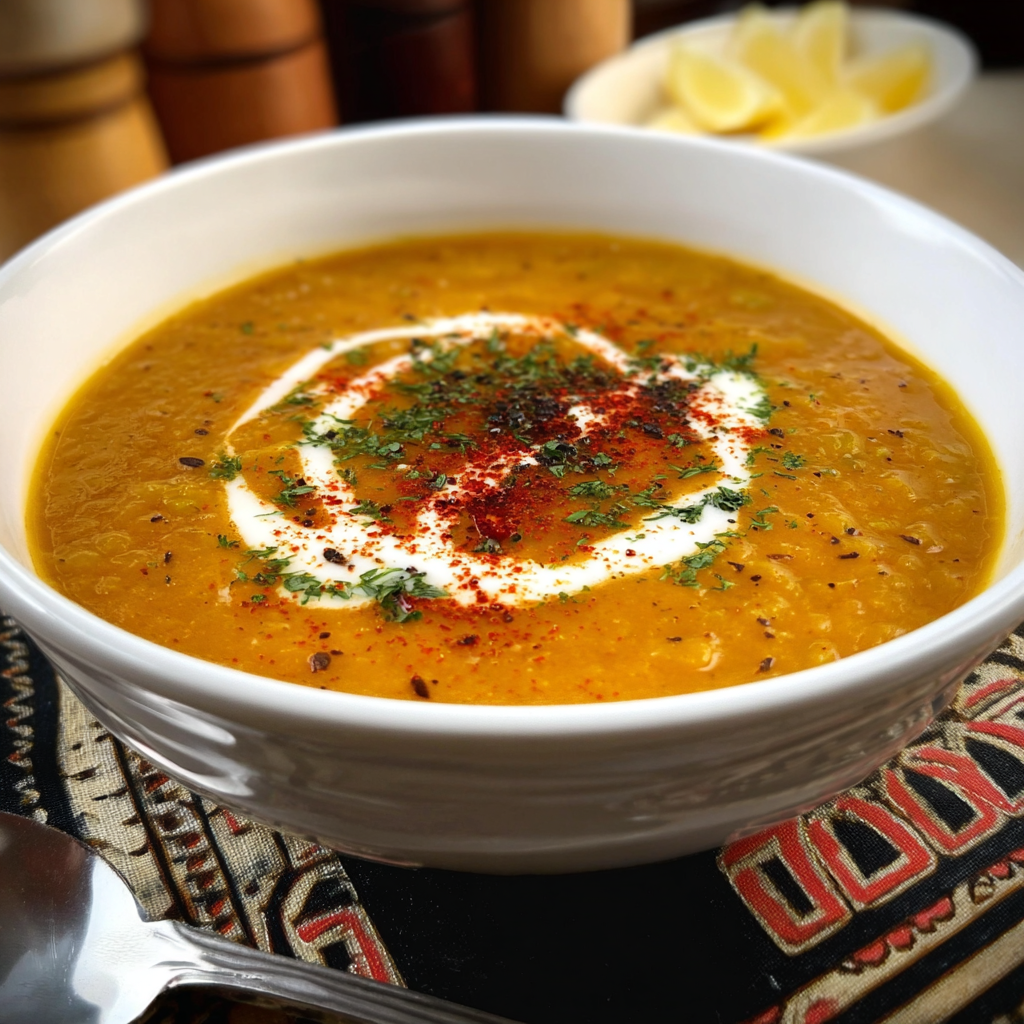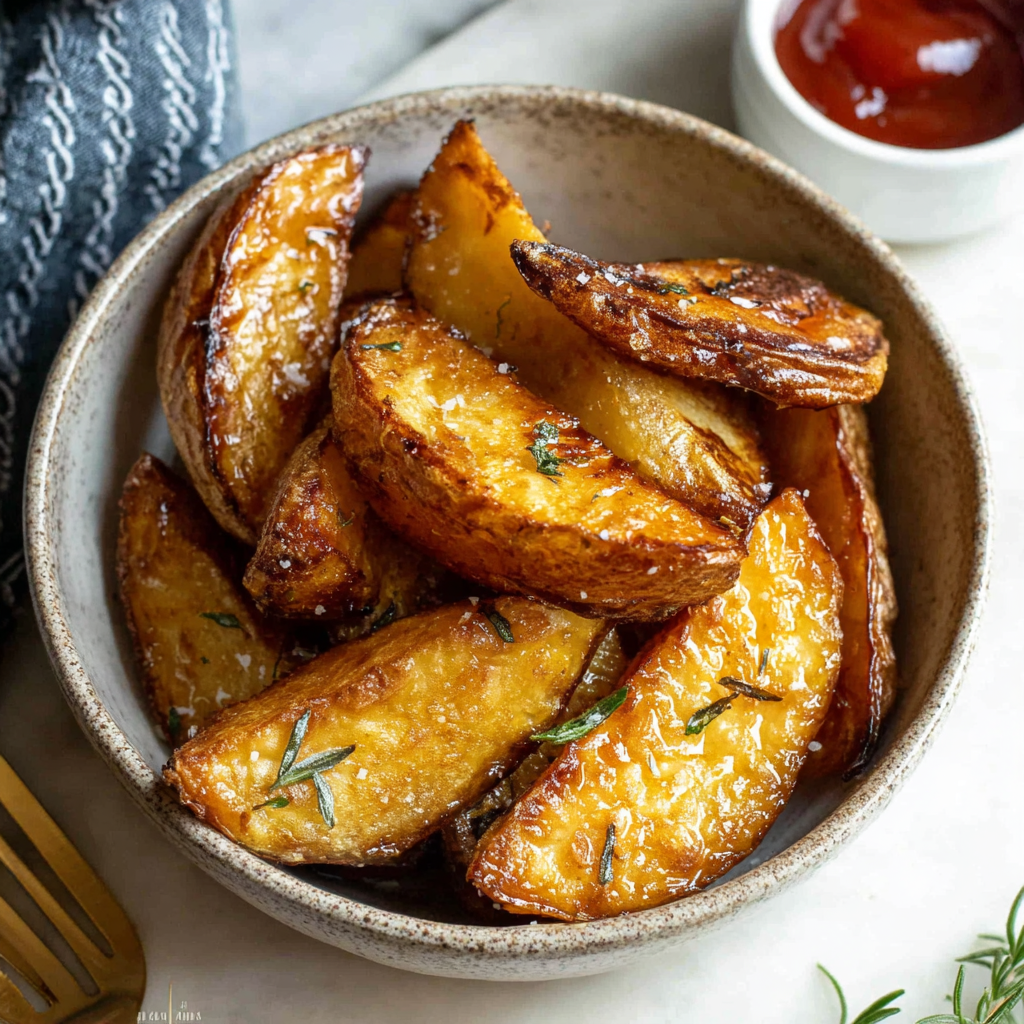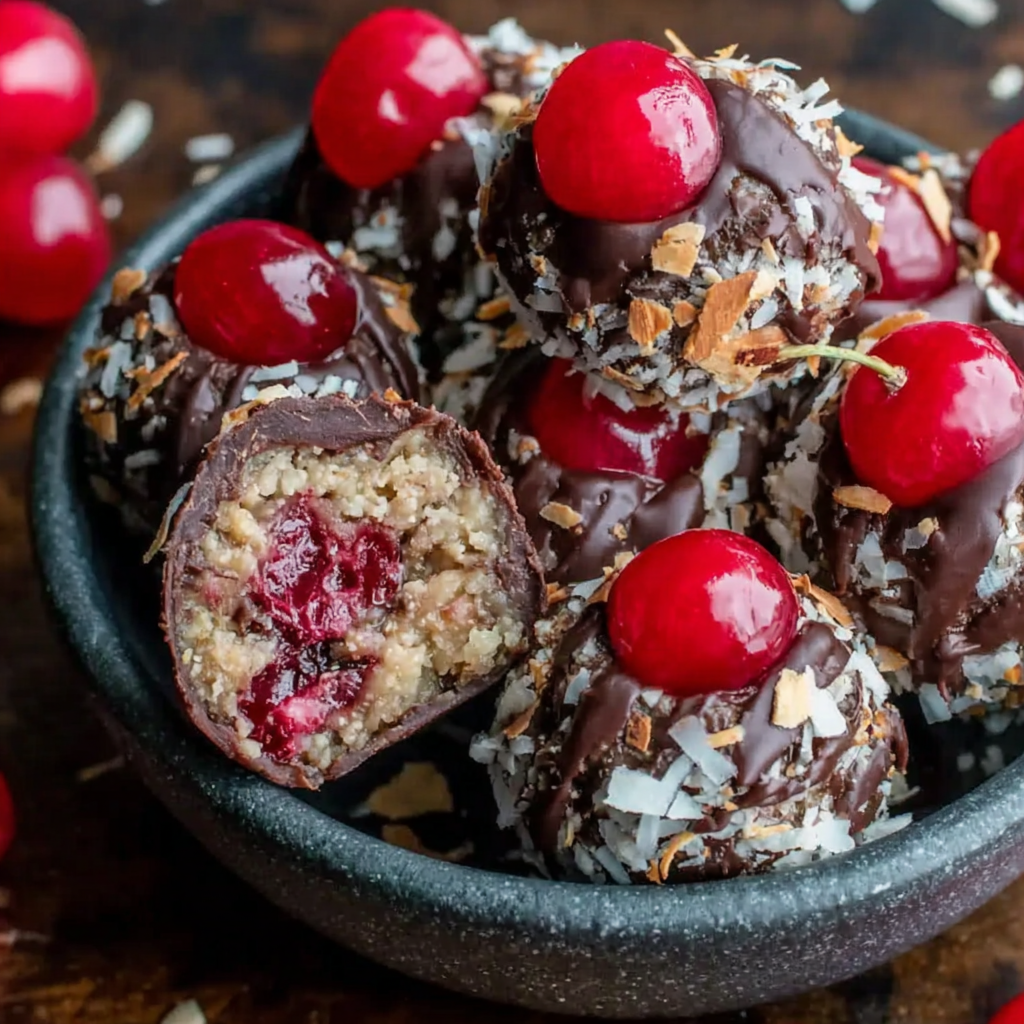Introduction
As the leaves turn golden and the air grows crisp, the aroma of baking bread and savory herbs fills homes across the country. Old-fashioned bread stuffing is more than just a holiday side; it's a nostalgic dish that brings families together, bridging generations with its familiar flavors. Embracing traditional ingredients and simple techniques, this stuffing recipe evokes memories of family feasts and cozy gatherings.
This dish, often a staple during Thanksgiving, is also versatile enough to grace the table at any meal. From enhancing the flavor of a roasted chicken to being a hearty complement to vegetarian dishes, old-fashioned bread stuffing relies on the warmth of herbs, rich broth, and the comforting texture of bread. Let's dive deep into creating a stuffing that truly honors its roots while adapting to modern tastes.
Ingredients
- 12 cups stale bread, cubed
Stale bread is crucial as it absorbs the broth without becoming mushy. It provides the foundation of the dish and a delightful texture. - 1 cup unsalted butter
Butter adds richness and depth of flavor, ensuring the stuffing is moist and turns golden brown when baked. - 2 cups onion, chopped
Onions impart a savory sweetness when sautéed, creating a flavorful base for the stuffing that enhances its overall taste. - 1 cup celery, chopped
Celery contributes crunch and a subtle earthiness, balancing the richness from the butter and providing a fresh element. - 2 tablespoons fresh sage, chopped
Sage, with its distinctive aroma and flavor, is a classic herb in stuffing, bringing warmth and traditional notes to the dish. - 2 tablespoons fresh thyme, chopped
Thyme adds a slightly minty taste that elevates the stuffing's flavor profile and complements the other herbs. - 1 tablespoon fresh parsley, chopped
Parsley brightens the dish with its freshness, also adding a pop of color for visual appeal. - 4 cups chicken or vegetable broth
Broth is essential for hydrating the bread, infusing flavor, and tying the ingredients together. - Salt and pepper, to taste
These staples help season the stuffing, ensuring that each ingredient's flavors shine through without overwhelming the palate. - 1 cup cooked sausage (optional)
Adding sausage brings richness and depth, contributing a savory umami note that complements the herbs and bread.
Directions & Preparation
Step 1: Preheat the oven to 350°F (175°C).
Preheating the oven sets the stage for even cooking, ensuring that once the stuffing is prepared, it will bake to perfection. A proper temperature guarantees that the bread becomes crisp and golden without excess moisture.
Step 2: In a large skillet, melt the butter over medium heat. Add the onion and celery, cooking until softened, about 5-7 minutes.
Sautéing the onions and celery in butter caramelizes their natural sugars, enhancing their sweetness and depth of flavor. This step establishes a flavorful base that will infuse the stuffing with a rich, aromatic profile.
Step 3: Stir in the chopped herbs, allowing them to cook for another minute to release their oils.
Cooking the herbs briefly helps to awaken their essential oils, intensifying their flavors. This infusion of warmth from the herb mixture enhances the stuffing's earthy notes and aromatic qualities.
Step 4: In a large mixing bowl, combine the cubed bread, sautéed mixture, and optional sausage. Toss to combine.
Combining the bread with the sautéed ingredients allows for even distribution of flavors throughout the stuffing. Ensuring the mixture is well-tossed means each bite will be equally delicious, absorbing the savory butter and herb mixture.
Step 5: Gradually pour in the broth, stirring until the bread is evenly moistened. Season with salt and pepper to taste.
Adding the broth gradually allows you to control the moisture level, avoiding a soggy stuffing. This step is crucial, as it ensures the bread has absorbed enough flavor while maintaining the ideal stuffing consistency.
Step 6: Transfer the mixture to a greased baking dish, spreading it evenly. Cover with foil and bake for 30 minutes.
Covering the dish with foil traps steam, helping to cook the stuffing thoroughly while preventing excessive browning. Baking at this point allows the flavors to meld and the bread to soften beautifully.
Step 7: Remove the foil and bake for an additional 15-20 minutes, or until the top is golden brown and crispy.
Uncovering the dish allows the top layer to crisp up, adding texture that contrasts beautifully with the soft interior. Achieving that golden brown crust enhances flavor and visual appeal.

Elevate Your Stuffing with Flavor Variations
Incorporating different ingredients can elevate your old-fashioned bread stuffing to new heights. Consider adding dried fruits like cranberries or apricots for a sweet bite, or toasted nuts such as pecans or walnuts for added crunch. Each variation can introduce a delightful contrast, allowing you to personalize the dish and adapt it to complement your main course.
The Role of Herbs in Stuffing
Herbs are the unsung heroes of bread stuffing, contributing deeply layered flavors. While sage is the classic choice, experimenting with other herbs like rosemary or marjoram can introduce fresh nuances. It's key to balance these herbs with the other ingredients, allowing their distinctive aromas to enhance rather than overpower the stuffing's essence.
Making it Ahead of Time
Preparation doesn't have to be a last-minute rush. You can prepare the stuffing a day in advance – simply follow the steps up until the baking phase. Store it in the refrigerator, covered. When ready, all you need to do is pop it in the oven, making it a convenient option for holiday meals or gatherings, while ensuring the flavors have melded beautifully.
FAQs
What can I do if my stuffing is too dry?
If your stuffing is too dry, drizzle in additional broth to moisten it, mixing gently to incorporate. Be careful not to overdo it; you want a balance.
How can I add a bit of crunch to my stuffing?
Incorporating toasted nuts, such as pine nuts or hazelnuts, can provide a delightful crunch. Adding crispy bacon or pancetta is another option for both texture and flavor.
What if I want to scale this recipe for a larger gathering?
To scale the recipe, simply multiply each ingredient according to the number of servings needed. Ensure you use a larger baking dish to accommodate the increased volume.
Can I substitute the herbs for dried versions?
Yes, you can use dried herbs instead of fresh, but adjust the quantity as dried herbs are more concentrated. A general rule is to use one-third the amount of dried herbs compared to fresh.
What should I do if my stuffing is too thin?
If your stuffing is too wet, consider adding more bread cubes to absorb the excess moisture. Letting it rest for a few minutes can also help it thicken.
Can I use a different type of bread for this recipe?
Absolutely! Artisan breads, cornbread, or even sourdough can provide unique textures and flavors to the stuffing, allowing for delicious variations.
Conclusion
In the end, old-fashioned bread stuffing is more than just a dish; it is a heartfelt tradition that embodies comfort and community. Whether it’s nestled inside a turkey or baked in a dish alongside your favorite holiday fare, its flavors evoke cherished memories of shared meals and laughter around the table.
Creating your own version allows you to connect with your culinary roots while also making it uniquely yours. This stuffing recipe is a celebration of the simple pleasures of home cooking, encouraging you to gather around the table and enjoy the warmth of good food and great company.
Recipe Card
Timeless Old-Fashioned Bread Stuffing Recipe
Ingredients
- 12 cups stale bread cubed
- 1 cup unsalted butter
- 2 cups onion chopped
- 1 cup celery chopped
- 2 tablespoons fresh sage chopped
- 2 tablespoons fresh thyme chopped
- 1 tablespoon fresh parsley chopped
- 4 cups chicken or vegetable broth
- Salt and pepper to taste
- 1 cup cooked sausage optional
Instructions
- Preheat the oven to 350°F (175°C).
- In a large skillet, melt the butter over medium heat. Add the onion and celery, cooking until softened, about 5-7 minutes.
- Stir in the chopped herbs, allowing them to cook for another minute to release their oils.
- In a large mixing bowl, combine the cubed bread, sautéed mixture, and optional sausage. Toss to combine.
- Gradually pour in the broth, stirring until the bread is evenly moistened. Season with salt and pepper to taste.
- Transfer the mixture to a greased baking dish, spreading it evenly. Cover with foil and bake for 30 minutes.
- Remove the foil and bake for an additional 15-20 minutes, or until the top is golden brown and crispy.
Notes
Additional serving suggestions: pair with a crisp salad, garlic bread, or roasted seasonal vegetables for balance.
For make-ahead, prep components separately and assemble just before heating to preserve texture.
Taste and adjust with acid (lemon/vinegar) and salt right at the end to wake up flavors.
